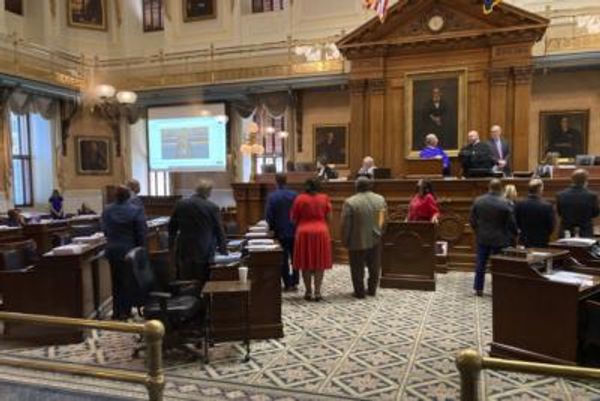
What are Australian mortgage holders supposed to make of the strange story that preoccupies The Australian Financial Review today, that Reserve Bank governor Philip Lowe almost died from a blood clot in his neck in 2016? Mortgage holders who almost certainly face another big rise in their mortgage repayments when Lowe and the RBA board decide to hike interest rates tomorrow.
We’ve come a long way from the days of the Alan Greenspan-inspired central bank approach of revelling in obscurity, with monetary policy communications carefully fed to the cognoscenti and left as a matter of Kabbalah-like interpretation for markets and commentators. Lowe has not merely taken to giving the occasional media conference but submitted to be grilled by Leigh Sales on 7.30. Delphic utterances have been replaced with regular speeches and Q&As. Now we’re getting Lowe’s medical history.
While it’s gratifying that Lowe survived and fully recovered from his episode, and is now thankfully fit and well, what prompted the governor to share the tale with John Kehoe of the Fin? That’s not exactly the press organ the RBA needs to win over in its rate-hiking mission. The AFR has been demanding rates for long before the RBA began lifting them.
Indeed, apart from five minutes during the pandemic, the AFR has been demanding punitive rate hikes for years, complete with campaigns for the inflation-targeting goalposts to be moved so that the RBA could more easily lift rates even when inflation was just 1% (how insightful and useful that suggestion now looks). The AFR has regularly called for the RBA board to be revamped and campaigned for a review of the Bank by the new government (on the AFR’s terms of course).
Point man on the “lift the rates” campaign has been Kehoe, who’s also been in the lead demanding that workers be punished with big, real wage cuts. All to combat imported inflation that households can’t do a thing about — and part of the general loathing of workers (or more correctly “labour input cost”) that predominates at the AFR. To hear the man about to lift rates talk about a health incident resulting from not being able to lie flat in his business class seat, to a man who has been championing higher rates and lower real pay, doesn’t exactly seem designed to warm the cockles of the hearts of ordinary households.
Lowe and the bank have clearly been stung by the reaction to their dramatic reversal, from signalling no rate rise until 2024, to lifting rates in what will likely be three big rate hikes, to the belief that they’ve dudded households that foolishly believed the RBA when it said rates would remain at record lows for a couple of years. In the bank’s defence, it always said it was about the “expectation” of rate rises in 2024, and it only has one tool, and that tool is only really good for clobbering demand rather than actually addressing inflation.
But where workers are really entitled to feel dudded — and why discussing his medical history with the AFR is especially galling — is on wages. Up until the election, Lowe was a stalwart advocate for higher wages. He took the brave position — for a central banker — of supporting higher wages growth and criticising governments for holding down public sector wages growth. Undoubtedly that position upset many in business and the commentariat, especially at the AFR, but it meant at least one part of Australia’s economic policymaking institutions recognised the toxic impact of the wage stagnation inflicted on Australian workers for nearly a decade.
That’s all gone now. Lowe has rejoined the neoliberal club urging that workers suffer real wage cuts. Forgotten now is the idea that was, for a couple of years, central to monetary policy: that rates would only be hiked once wages growth has substantially exceeded pre-pandemic levels, creating a sustained inflation outcome in the RBA target band. At the moment, we’re stuck with wages growth exactly where it was before the pandemic.
Also ignored by Lowe and the AFR is that the profit share of national income is at all-time highs and the wages share is near all-time lows, with Real Unit Labour Costs persistently favourable for business and its profitability. None of that gets mentioned when Kehoe and other AFR writers have been campaigning for real wage cuts.
For those of us who travel in the part of the plane where the seats don’t lie flat, the RBA’s messaging might be what requires medical attention at the moment.







